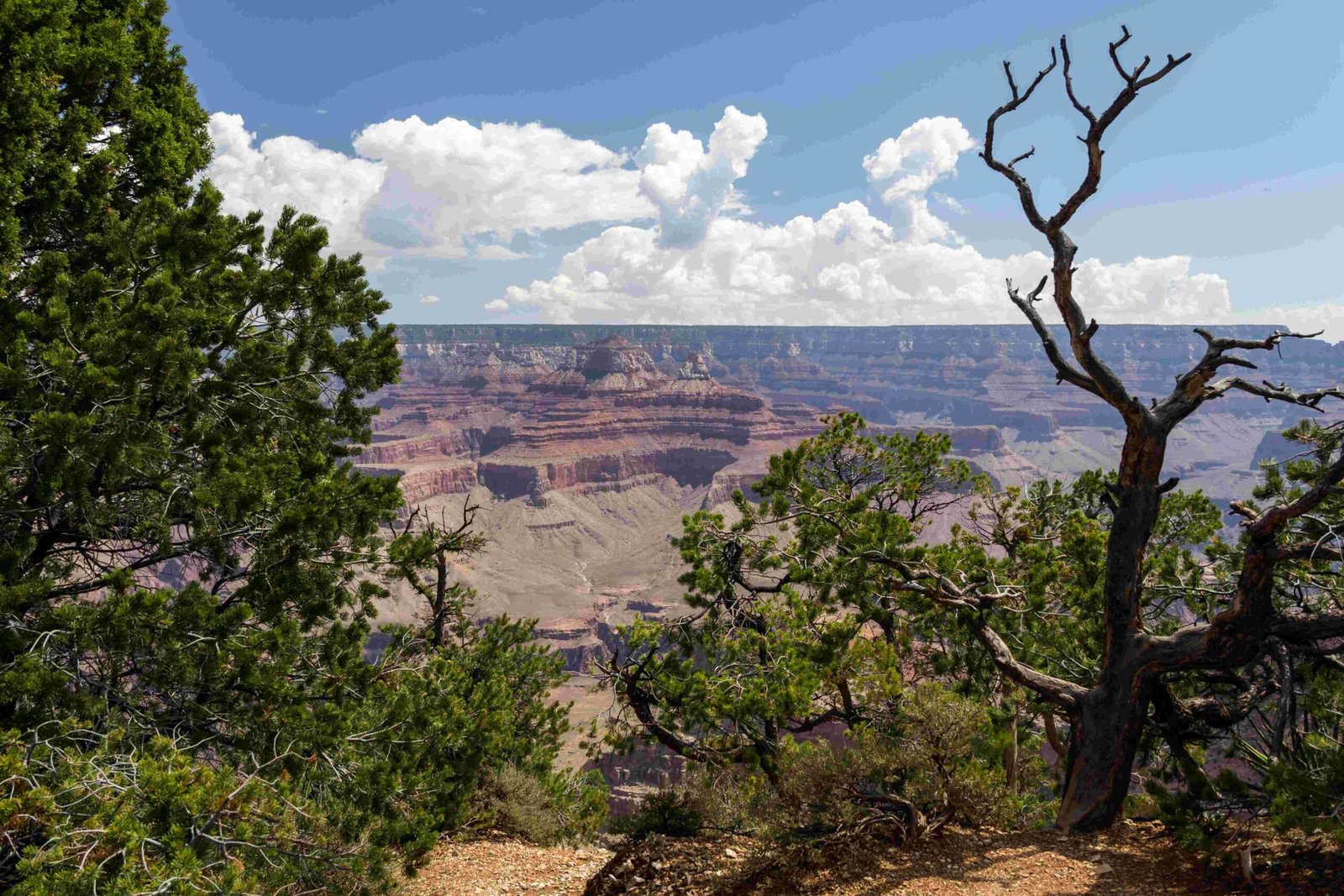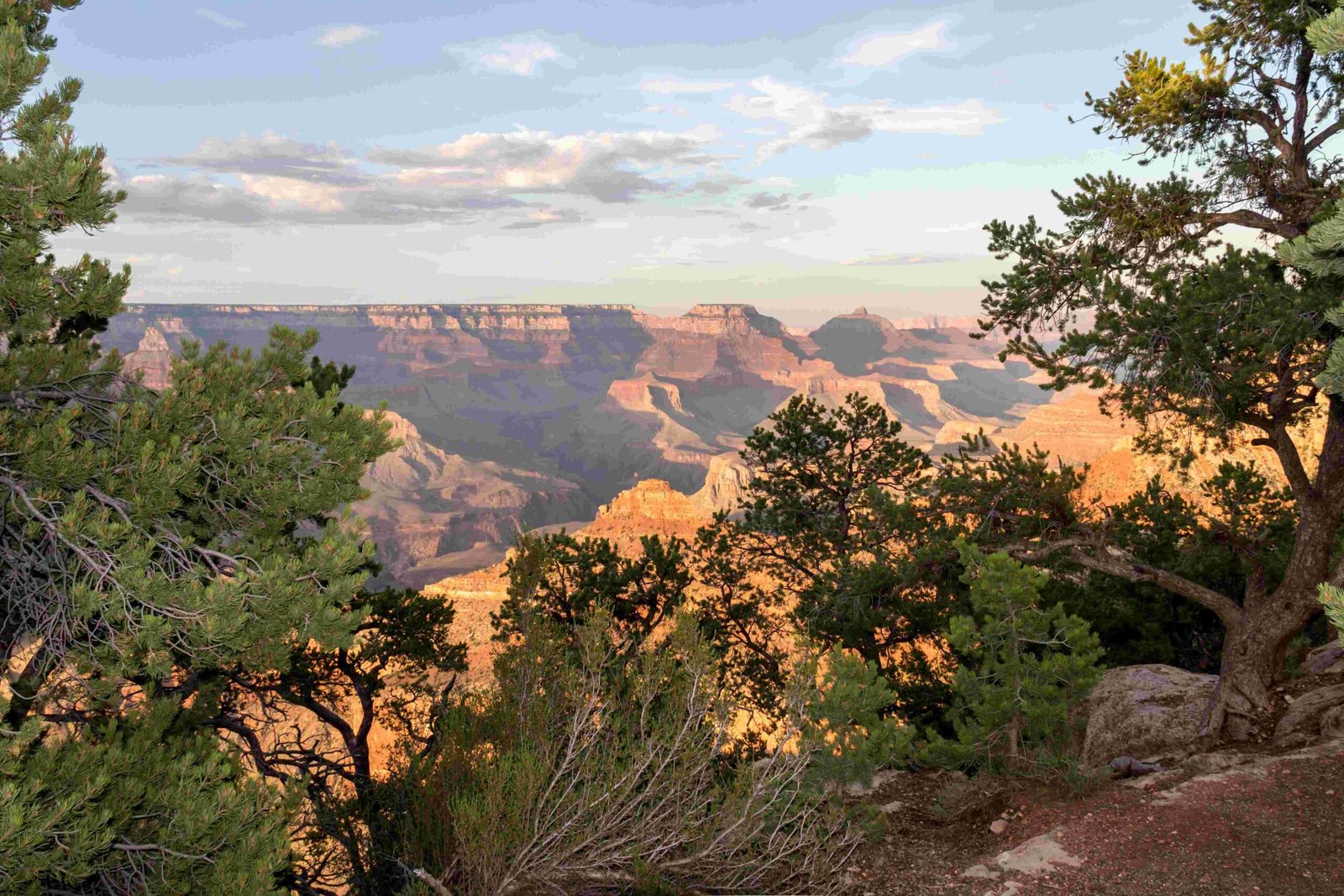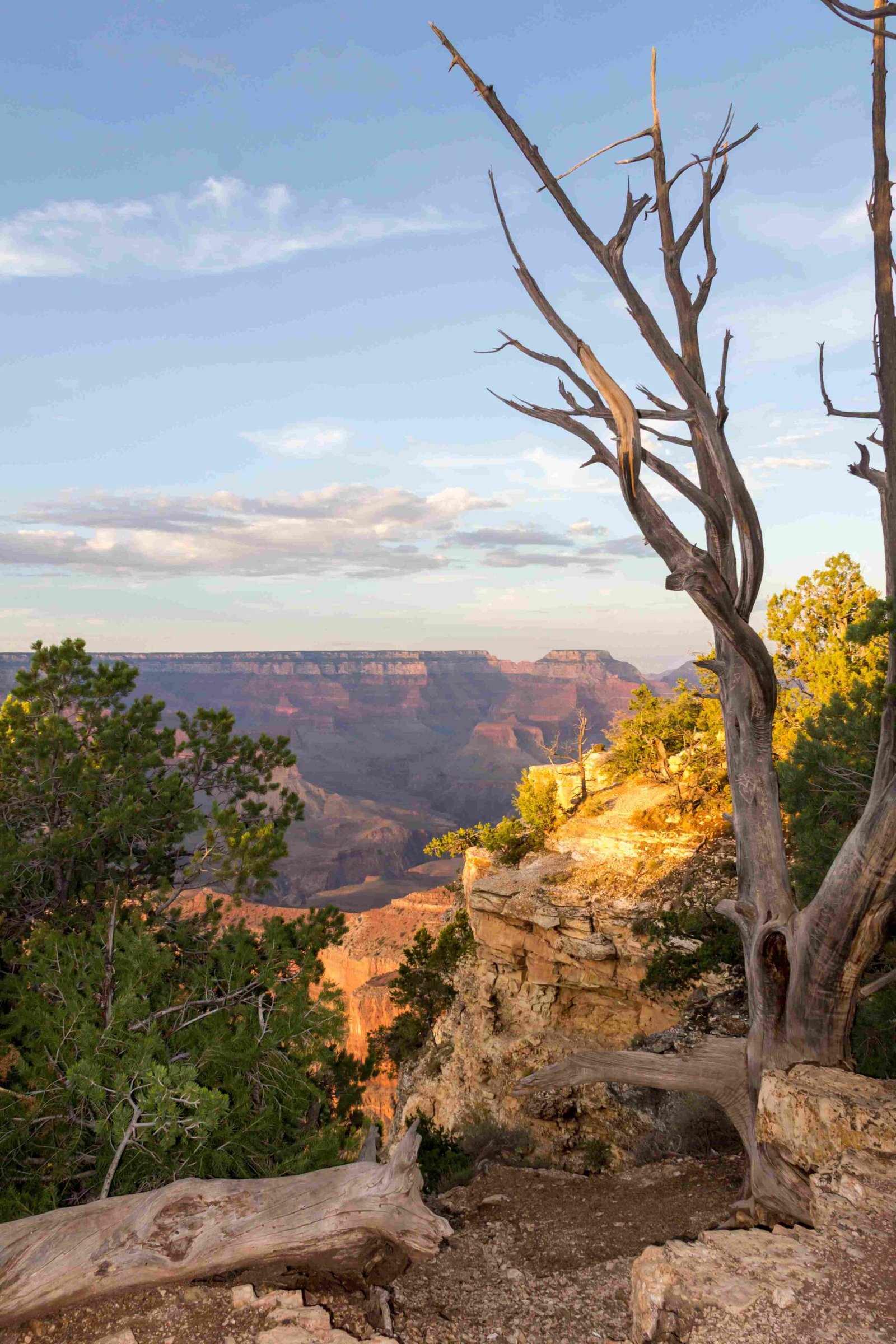The Grand Canyon’s origin is a breathtaking geological narrative spanning nearly 2 billion years, where tectonic collisions, marine sedimentations, volcanic activities, and relentless river erosion collaborated to sculpt one of Earth’s most magnificent natural wonders. This extraordinary landscape emerged through complex geological processes that transformed ancient rock formations into a mile-deep, 277-mile-long canyon revealing Earth’s remarkable geological history.
What Triggered the Grand Canyon’s Initial Formation?

The Grand Canyon’s genesis begins with fundamental geological events that set the stage for its remarkable transformation:
When Did the Foundational Rocks Emerge?
Around 2 billion years ago, the initial geological foundation was established through dramatic tectonic interactions:
- Volcanic Island Collision: Proto-North American continental plates collided with volcanic islands
- Basement Rock Formation: Vishnu Basement Rocks were created, including:
- Vishnu Schist
- Brahma Schist
- Rama Schist
- Zoroaster Granite
| Geological Period | Key Events |
|---|---|
| 2 Billion Years Ago | Initial Tectonic Collision |
| 1.75 Billion Years Ago | Intense Rock Metamorphosis |
| 1.2-740 Million Years Ago | Sediment Deposition in Shallow Sea |
How Did Sedimentary Layers Develop?
The Grand Canyon Supergroup formed during a critical period of marine sediment deposition. Nine distinct geological formations were created as sediments accumulated in a shallow sea, later experiencing significant tectonic tilting during the Grand Canyon Orogeny around 800 million years ago.
What Role Did the Colorado River Play?

The Colorado River emerged as the primary sculptor of the Grand Canyon, beginning its erosive journey approximately 6 million years ago:
- Erosion Mechanism: Continuous water flow cutting through rock layers
- Sediment Transportation: Carrying abrasive materials that enhanced erosion
- Depth Creation: Carving a mile-deep canyon over millions of years
What Geological Forces Contributed to Canyon Formation?
Multiple geological forces collaborated in the Grand Canyon’s creation:
- Tectonic Uplift: Colorado Plateau’s elevation around 70 million years ago
- Water Erosion: Colorado River’s persistent cutting action
- Climate Variations: Seasonal changes influencing erosion rates
- Wind and Ice: Secondary erosional agents
When Did the Modern Grand Canyon Take Shape?
The modern Grand Canyon configuration emerged during the last 6 million years, characterized by:
- Significant volcanic activities
- Continuous river erosion
- Progressive landscape transformation
What Makes the Grand Canyon’s Geology Unique?
The Grand Canyon reveals nearly 40 distinct rock layers, representing a geological timeline spanning billions of years. Its exposed rock strata provide an unparalleled window into Earth’s geological history.
Conclusion
The Grand Canyon’s formation represents a complex, multi-billion-year journey of geological processes, demonstrating nature’s extraordinary capacity to sculpt breathtaking landscapes through persistent, patient transformation.

